Book with Confidence: Enjoy peace of mind — your 20% deposit is fully refundable up to 60 days before departure. See terms & conditions.
Self-Guided Costa Brava and Wine Country Bike Tour
From the medieval charm of Girona to the artistic soul of Figueres, this captivating cycling journey takes you through the heart of Catalonia. Over six days of riding, you’ll explore the diverse landscapes of the Costa Brava and the Empordà wine region, travelling through seaside villages, historic towns, fertile farmlands, and vineyard-covered hills, each day offering a unique slice of Catalan life.
You begin in Girona, a city with Roman walls, Gothic grandeur, and picturesque riverside views. From there, follow the greenway “El Carrilet” to the Mediterranean, passing through quiet villages and oak-covered hills. Along the coast, you'll visit fishing ports, swim in hidden coves, and stay in postcard-worthy towns like Calella de Palafrugell. Inland, the route leads through Palafrugell’s bustling market, the medieval gem of Pals, and tranquil rice fields before reaching Torroella de Montgrí. As you enter the Alt Empordà region, ancient ruins, wide beaches, and bird-filled marshlands reveal the area’s natural and cultural richness.
From Castelló d’Empúries, the landscape shifts to vineyards backed by the Pyrenees. Cycle past wineries and through medieval villages, sampling local wines and admiring views shaped by sea breezes and mountain light. Your journey ends in Figueres, home to Salvador Dalí’s mind-bending Theatre-Museum.
Self-Guided
Casual+ hotels
Girona
Figueres
easy
37 km / 23 mi
6
Min. 2, Max. 10
Girona Airport (GRO)
Girona Airport (GRO)
Highlights
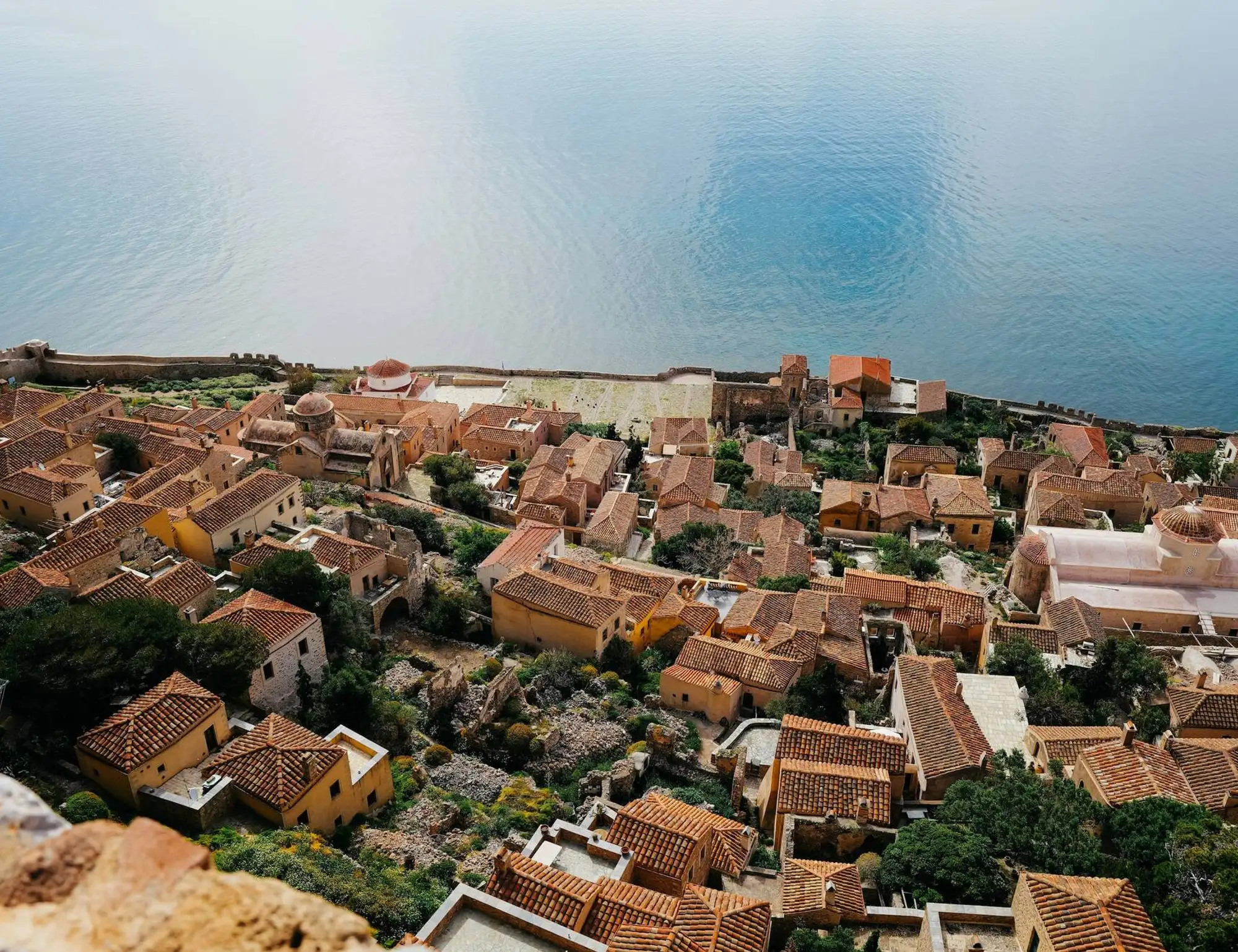
Coastal Riding and Seaside Villages
Cycle along the Costa Brava’s stunning shoreline, passing through charming fishing ports, golden beaches, and hidden coves.
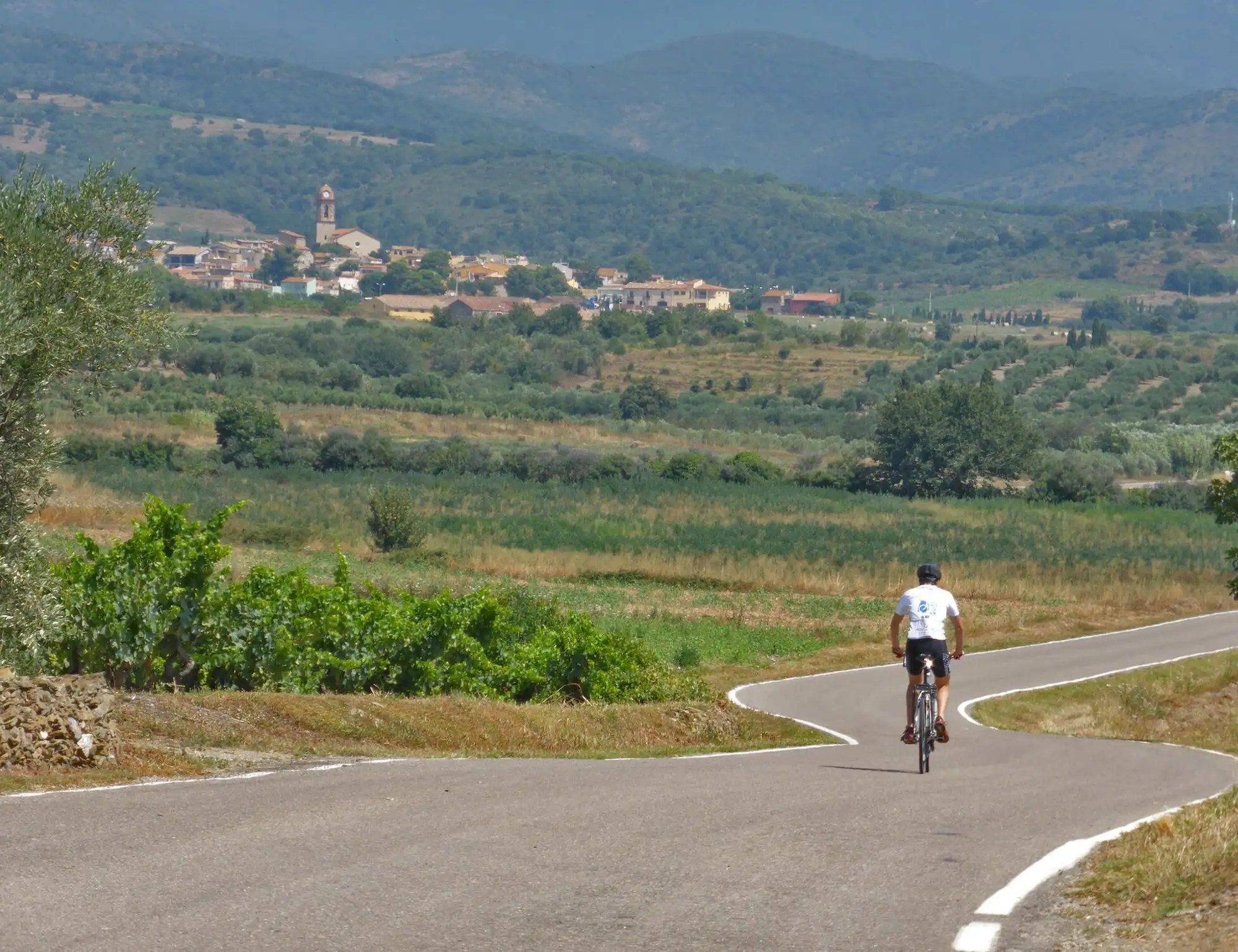
Rewarding Climbs and Scenic Descents
Each day brings a new terrain to explore, with just the right amount of challenge. Gentle climbs through vineyard hills or forested countryside are followed by sweeping descents into charming villages.
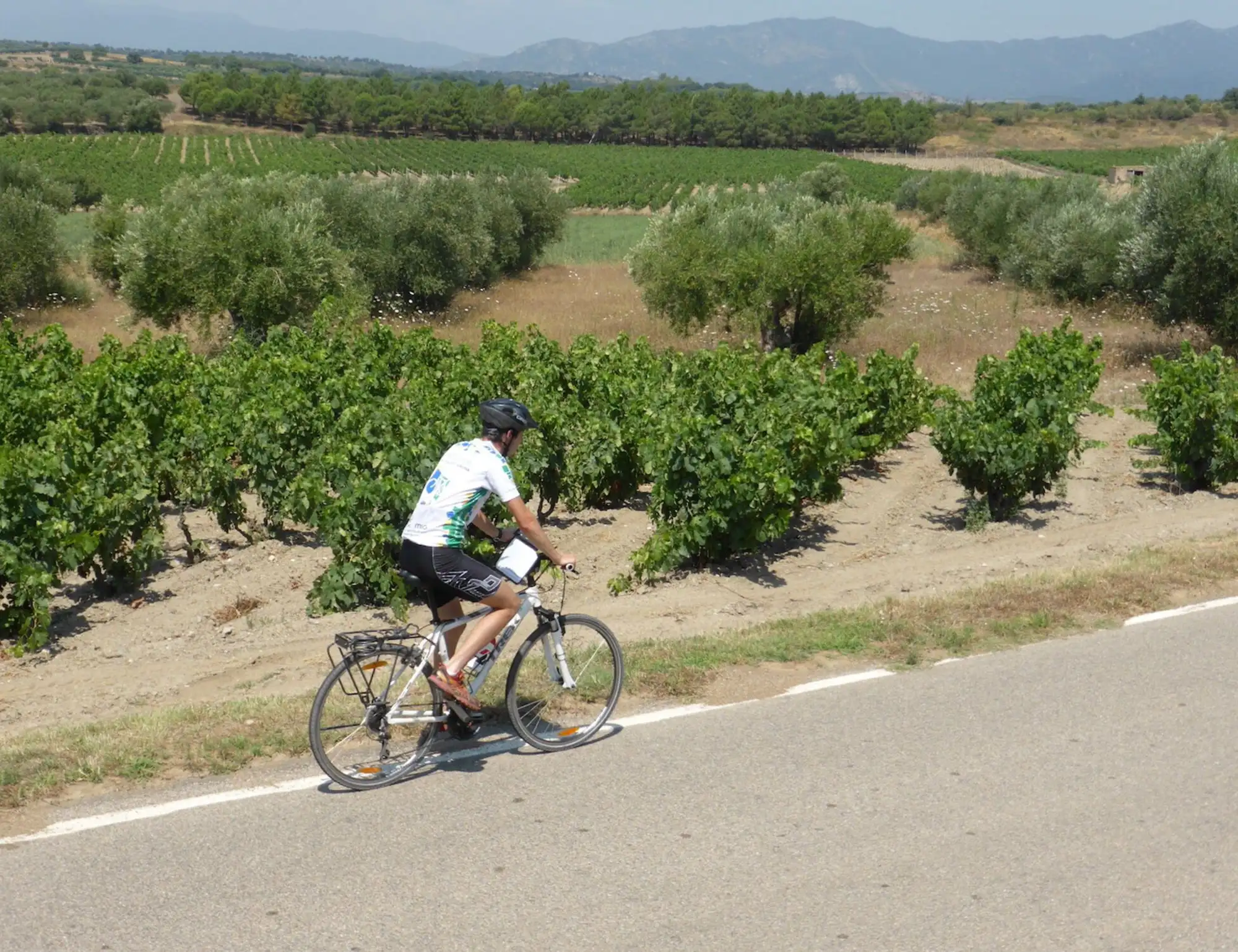
Cycling into Culture and Daily Life
Cycling through Catalonia takes you beyond passing sights—you arrive slowly, noticing details, meeting locals, and experiencing markets, wineries, and ancient ruins in a way only biking allows.
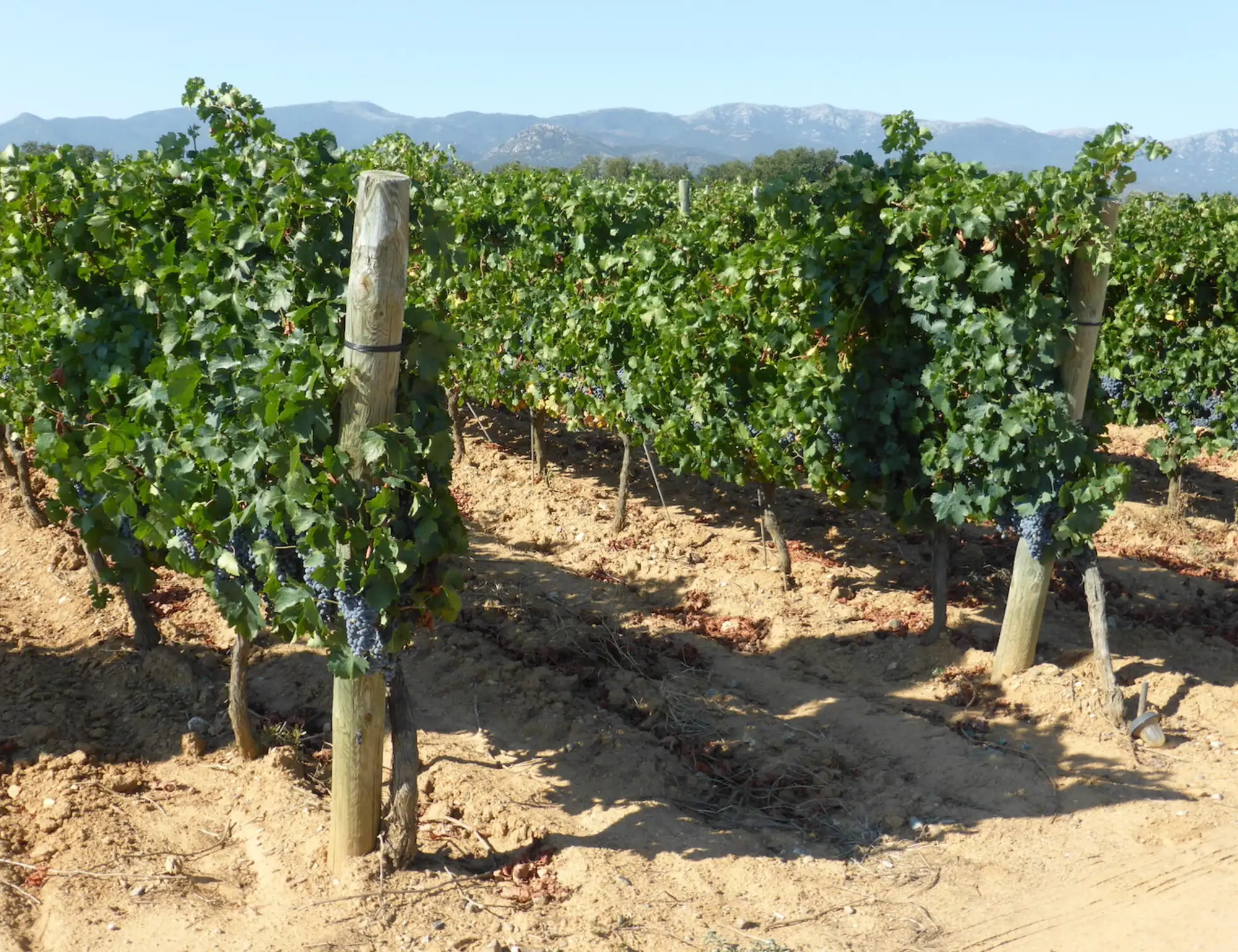
Guided Vineyard Tour
Your final ride brings you to Peralada, with its castle, medieval charm, and renowned wines. A guided vineyard tour lets you explore traditions and taste exquisite vintages—a fitting toast to the region’s heritage
Itinerary
Brief Itinerary
Meals are indicated as B = Breakfast, L = Lunch, D = Dinner.
Listed hotels are subject to availability and may be replaced with similar alternatives of equal standard.
| Day | Place | Casual+ Inns | Meals | Distance | Activity |
|---|---|---|---|---|---|
| DAY 1 | Girona | Hotel Gran Ultonia Girona (4-Star) | |||
| DAY 2 | Sant Feliu de Guíxols | Hotel S'Agaró Spa (4-Star) | B | 41 km / 25 mi | cycling |
| DAY 3 | Calella de Palafrugell | Hotel Alga (4-Star) | B | 29 km / 18 mi | cycling |
| DAY 4 | Torroella de Montgrí | Hotel Moli del Mig (4-Star) | B | 29 km / 18 mi | cycling |
| DAY 5 | Castelló d’Empúries | Hotel Palau Maceli (4-Star) | B | 38 km / 24 mi | cycling |
| DAY 6 | Castelló d’Empúries | Hotel Palau Macelli (4-star) | B | 39 km / 24 mi | cycling |
| DAY 7 | Figueres | Hotel Pirineos (4-Star) | B | 45 km / 28 mi | cycling |
| DAY 8 | Departure | B |
Detailed Itinerary
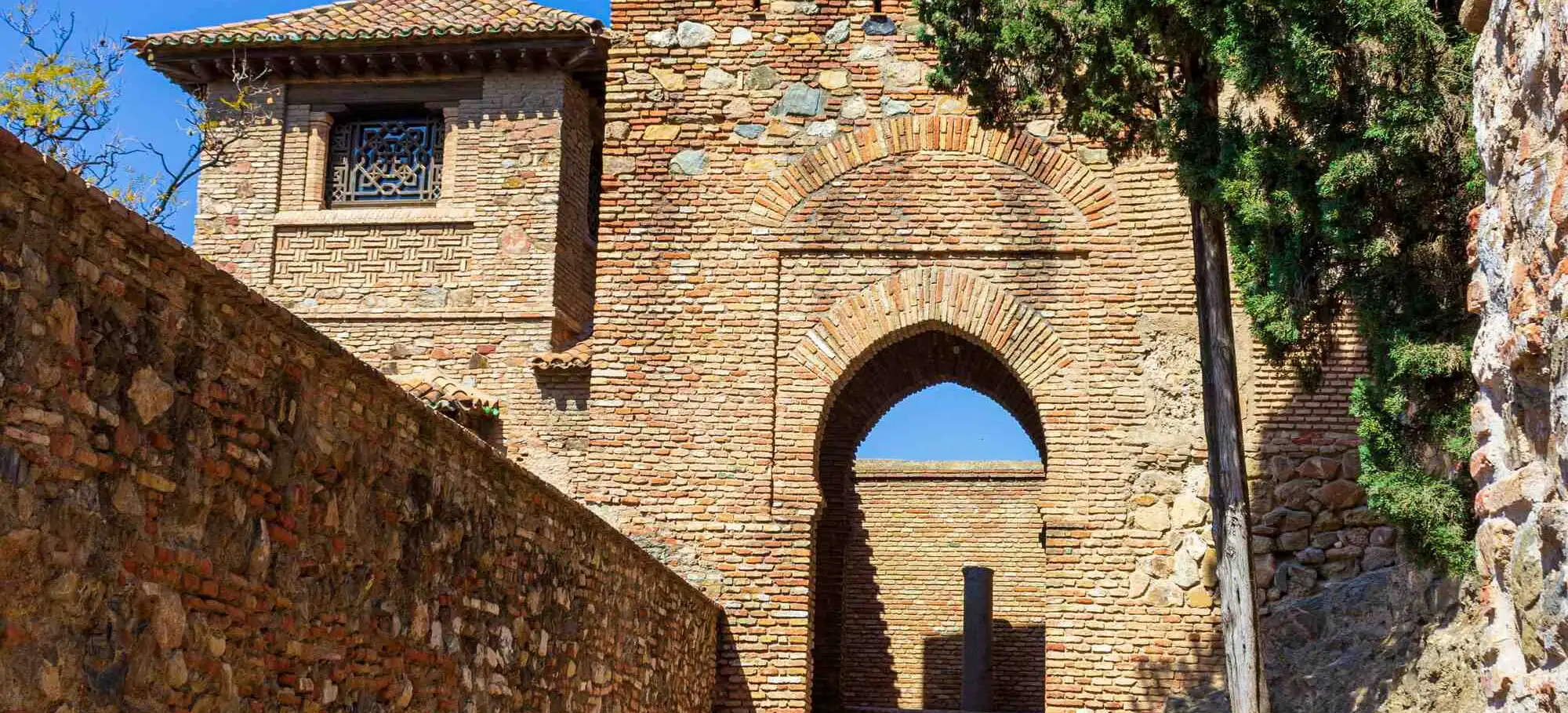
Day 1: Girona
Today you arrive in Girona, a city rich in medieval charm. Wander its beautifully preserved Jewish Quarter, admire the vast Gothic cathedral, or stroll along the ancient city walls.
Don’t miss the colorful houses along the Onyar River, perfect for a scenic walk before your cycling adventure begins.
Our bike shop is located right next to the Girona train station, which is a 10-minute walk from the hotel. You will find a map explaining the directions to our bike shop at your hotel. Drop in an say hello to our local team in Catalonia.
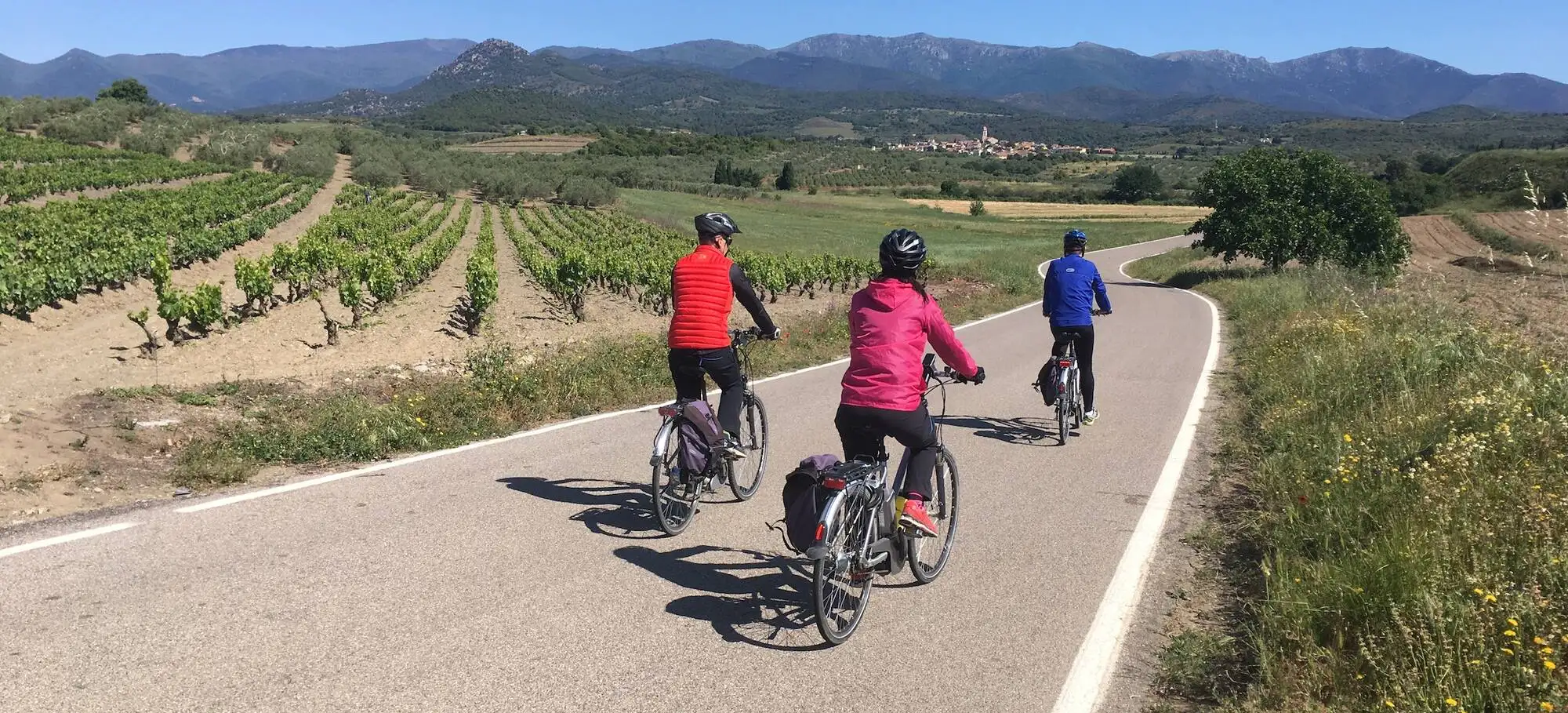
Day 2: Sant Feliu de Guíxols
Your cycling adventure begins at the Cicloturisme office in Girona. As you leave the city behind, a peaceful greenway called “El Carrilet” guides you south through the towns of Quart, Cassà de la Selva, Llagostera, and Santa Cristina d'Aro.
With the Gavarres Massif as your constant backdrop, you ride through a region once central to cork production, dotted with forested hills and quiet villages. The air shifts as you approach the Mediterranean coast and the charming town of Sant Feliu de Guíxols.
Your hotel is near the calm waters of Sant Pol beach, inviting you to relax after a fulfilling day. Whether you stroll along the promenade or enjoy a refreshing dip, today marks a memorable start to your Costa Brava journey.
Elevation: 275m
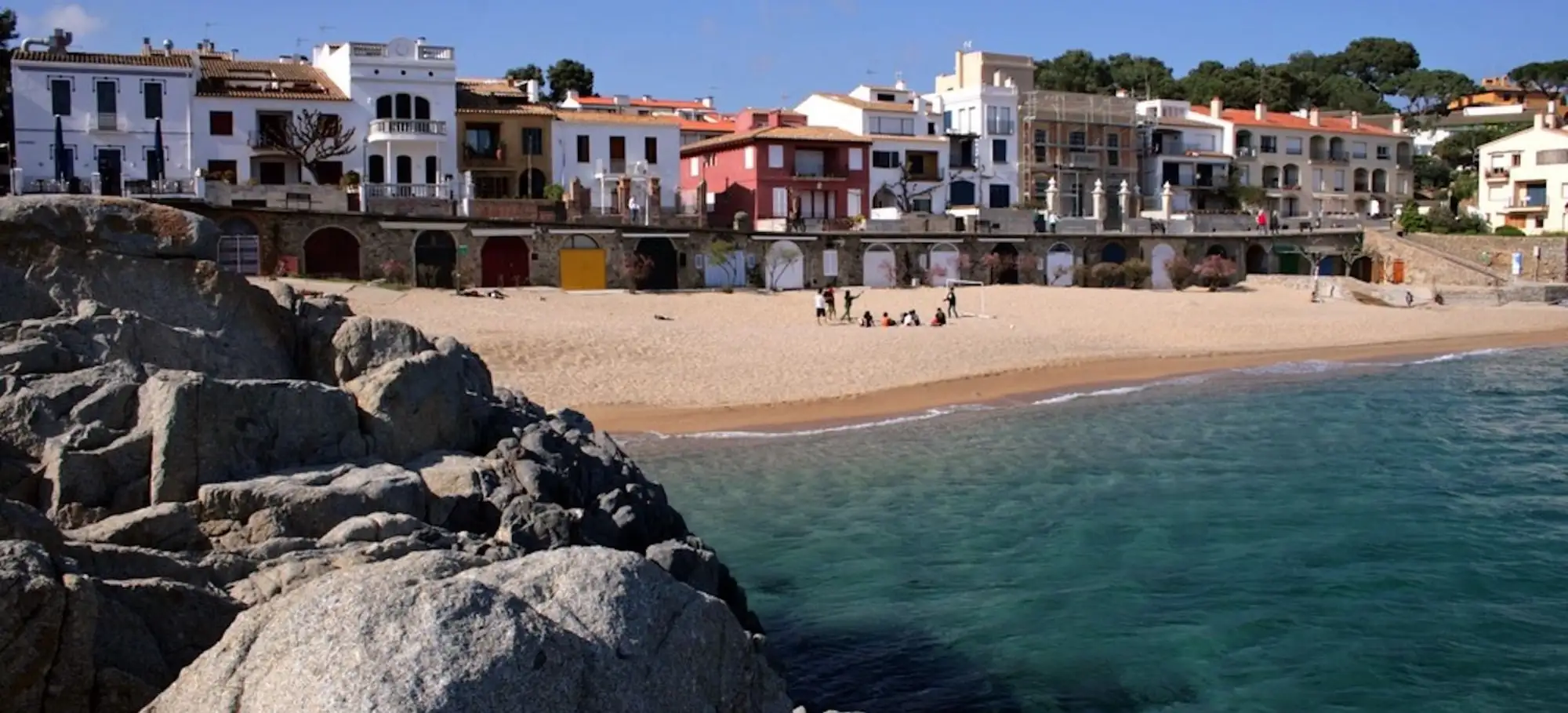
Day 3: Calella de Palafrugell
Today’s route hugs the coast, blending seaside boulevards with scenic backroads. You'll pass through Palamós, a lively port town with maritime charm. Not far ahead lies Platja de Castell—an unspoilt cove perfect for a picnic or swim.
An ancient Iberian settlement peeks out from the nearby cliffs, offering a glimpse into the region’s layered history. As you continue, the Mediterranean stays close, shimmering alongside your ride. You eventually join the “Ruta del Tren Petit,” a greenway named after a former narrow-gauge railway, leading you gently into Calella de Palafrugell. This picturesque fishing village, with whitewashed houses and boat-lined coves, is one of Costa Brava’s treasured gems.
The day invites you to slow down and savour the salty air, charming views, and relaxed rhythm of the Catalan coast.
Elevation: 280m
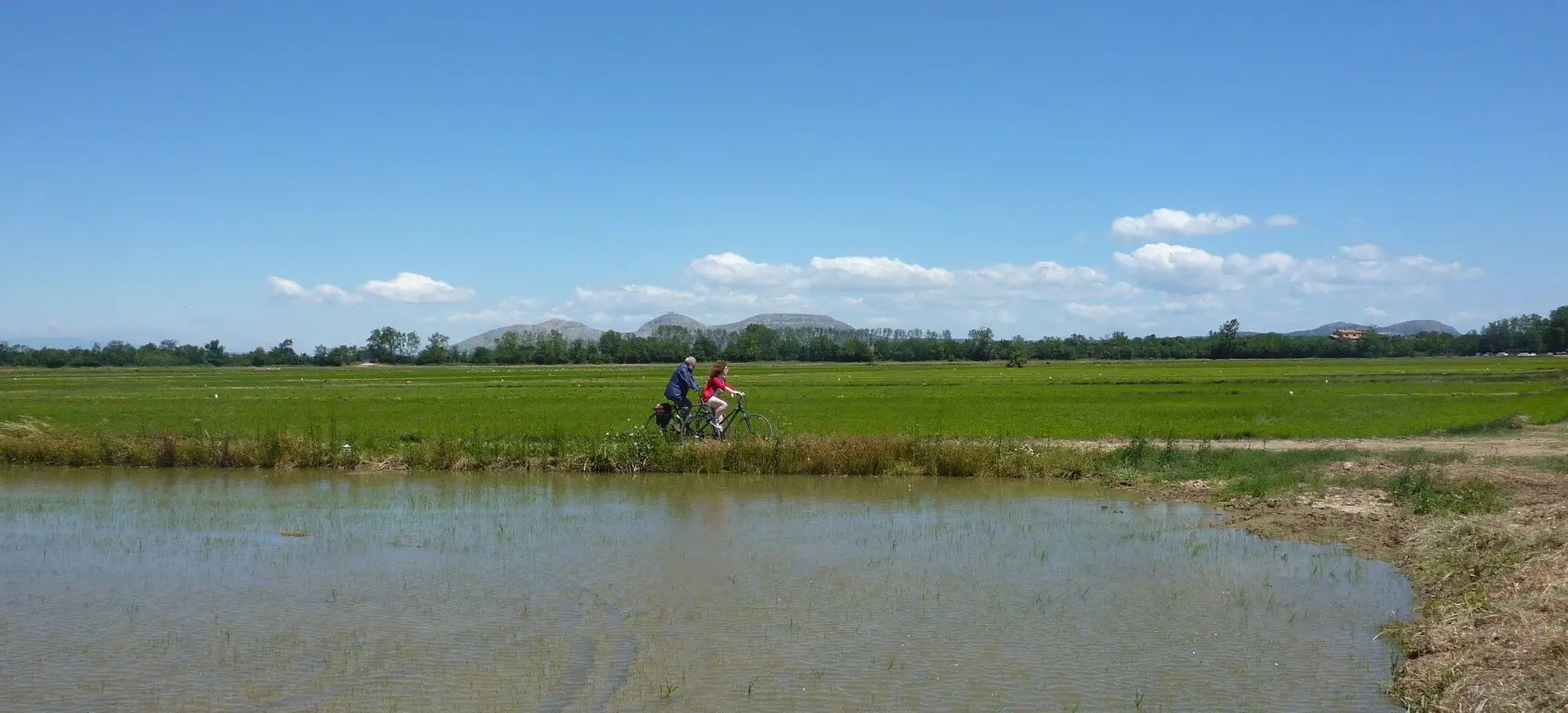
Day 4: Torroella de Montgrí
Heading inland, you ride through Palafrugell, a vibrant town known for its lively market stalls filled with fresh fish, vegetables, and local meats. It's a great stop to connect with the land’s bounty or visit the Cork Museum, a nod to the area's artisanal heritage.
The landscape gently changes as you approach the medieval hilltop village of Pals, where cobblestone streets and ancient towers transport you back in time. Your path winds through natural wetlands and expansive rice fields before reaching the long sandy stretches of the Catalan coastline.
The day’s ride ends in Torroella de Montgrí, nestled beneath the dramatic Montgrí Massif. The castle perched above is a silent guardian of the region, adding a dramatic silhouette to the horizon. It’s a quiet and charming place to unwind after a diverse and rewarding ride.
Elevation: 264m
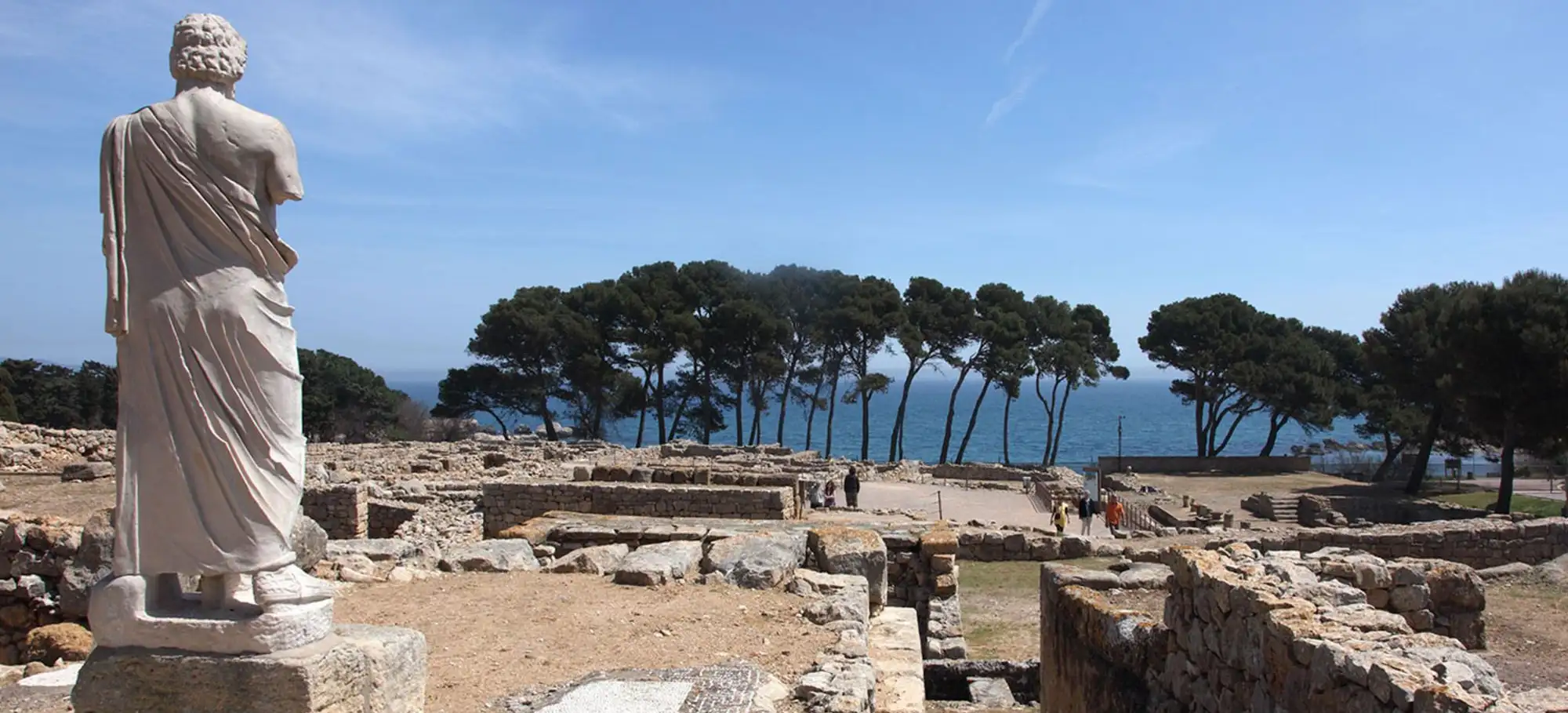
Day 5: Castelló d’Empúries
Your journey continues north, weaving past the Montgrí Massif and into the rolling landscape of the Alt Empordà region. The terrain opens up into the broad Bay of Roses, known for its wide sandy beaches and open skies.
Pause at Sant Martí d’Empúries, a beautifully preserved medieval village nestled beside the sea. Just steps away, the archaeological site of Empúries awaits, where Greek and Roman ruins speak of ancient civilizations that once arrived by sea. The ride continues through the protected marshlands of Aiguamolls de l’Empordà, home to rich birdlife and wide, tranquil views.
As you roll into Castelló d’Empúries, you'll be greeted by gothic architecture, an old Jewish quarter, and traces of its former role as a county capital. It’s a village rich in history and character—an ideal stop at the heart of the Empordà.
Elevation: 170m

Day 6: Castelló d’Empúries
Today’s loop leads you into the vineyards of Empordà, where rows of vines stretch toward the horizon with the Pyrenees rising beyond. As you pedal through sunlit fields and past old stone farmhouses, you pass some of the region’s most notable wineries, especially around Vilajuïga and Pau. This area is known for wines shaped by salty breezes and mineral-rich soil, and you’ll have the chance to stop and sample as you go.
The route is a mix of quiet country roads and gentle climbs, always offering views of the mountains and vineyards. With each turn of the pedals, you experience the unique character of this wine-growing region—one that blends nature, culture, and tradition in every glass.
Elevation: 213m

Day 7: Figueres
Your final cycling day takes you to Peralada, capital of the local wine appellation. Its castle and medieval streets are worth lingering in before continuing through a landscape rich with vineyards and olive groves. You pass through Garriguella, Vilamaniscle, and Rabós, villages where ancient trees and historic cellars mark a deep agricultural heritage. The day’s highlight is a guided vineyard tour, offering a deeper look into the area’s winemaking legacy. Sip local vintages, stroll between the vines, and take in the beauty of a landscape that has nurtured wine and olive oil for generations.
A visit to the modernist cooperative cellar in Espolla adds a contemporary twist to today’s wine-country theme. From here, it’s a long, enjoyable descent into Figueres. Once there, you’ll have time to explore the world-renowned Dalí Theatre-Museum, a surreal, striking space that mirrors the artist’s imagination. It’s the perfect way to close out a week filled with history, art, and adventure.
Day 8: Departure
Your tour ends after breakfast in Figueres. If you have time, a final wander through the streets or a stop at a local café might be the perfect send-off before your onward journey.
Ready to plan your adventure? Download a print-ready detailed itinerary.
Map
Dates and Prices
Book with Confidence: Enjoy peace of mind — your 20% deposit is fully refundable up to 60 days before departure. See terms & conditions.
Single Supplement
From US $700
E-Bike Upgrade
From US $345
Couldn't find a trip with convenient dates?
Open your date as a join-in tour or customize further as a private one.
Essential Info
Inclusions
LODGING
All hotels as mentioned in the tour details or similar (subject to availability).
bike
Immaculately maintained bike with helmet, suited to a terrain.
Luggage Transfer
Transportation of luggage from one hotel to another.
meals
Meals as per itinerary. Guests are given the opportunity to dine on their own so that they discover a location independently.
Exclusions
Airport pickup
We recommend to book direclty from airport.
Airport drop
We recommend to book direclty from your last hotel.
Beverages
Beverages such as alcohol, tea, coffee, juice at a hotel or restaurant.
Gratuity
Gratuities for your guide team are not included in the trip price.
Bikes
When you have a road and the thrill of a journey ahead of you, it’s imperative to have a good bike to enjoy it. Our fleet majorly consist of the below bikes as a part of this tour. However, sometimes due to height or availability constraints, we may provide a different but similar quality bike.
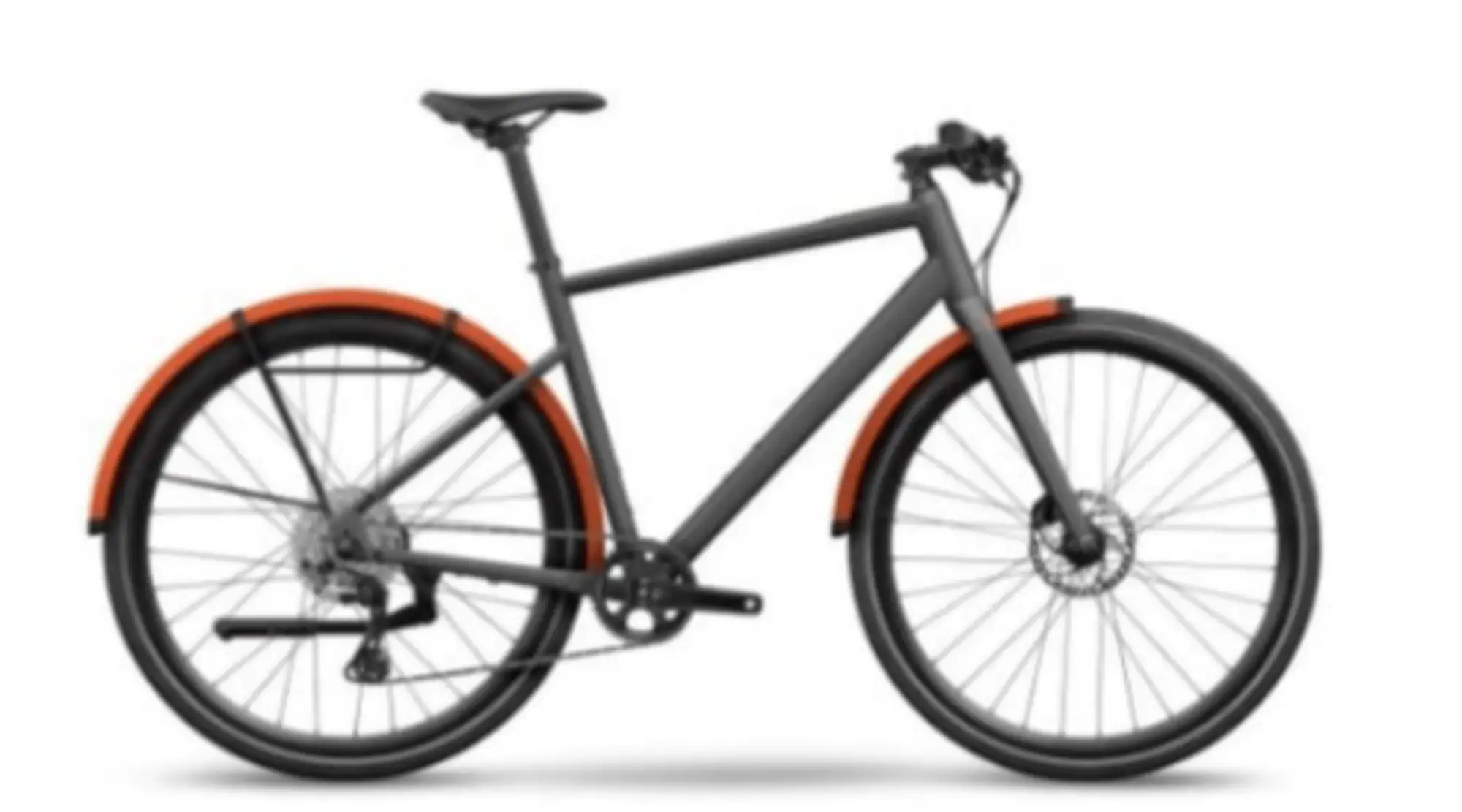
BMC Urban Challenge 257 or similar
Included in your trip price
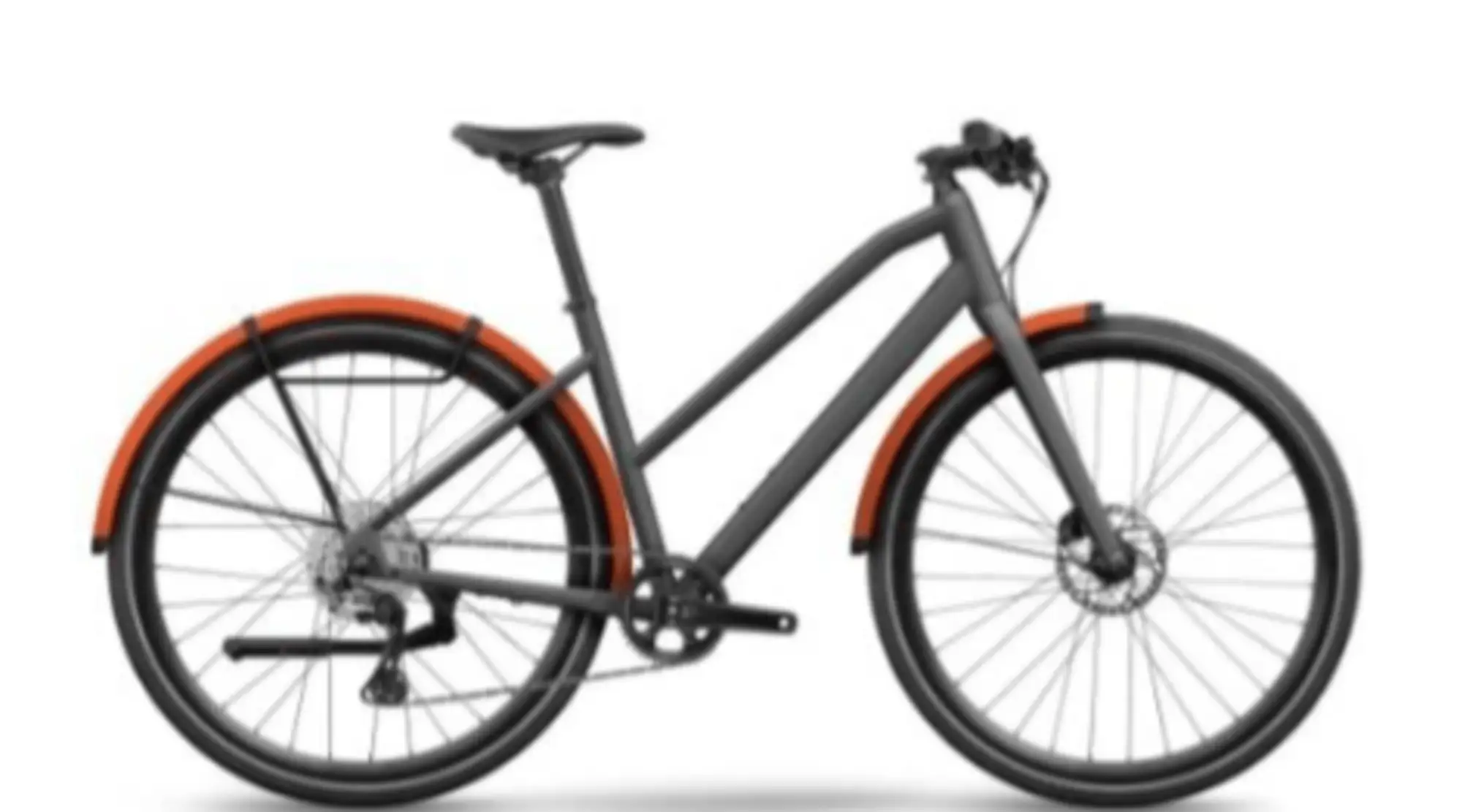
BMC Urban Challenge 257 ST or similar
Included in your trip price
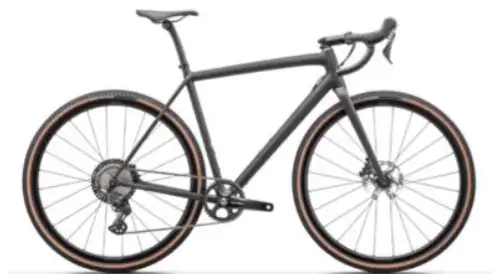
Specialized Crux Comp or similar
Available at a surcharge
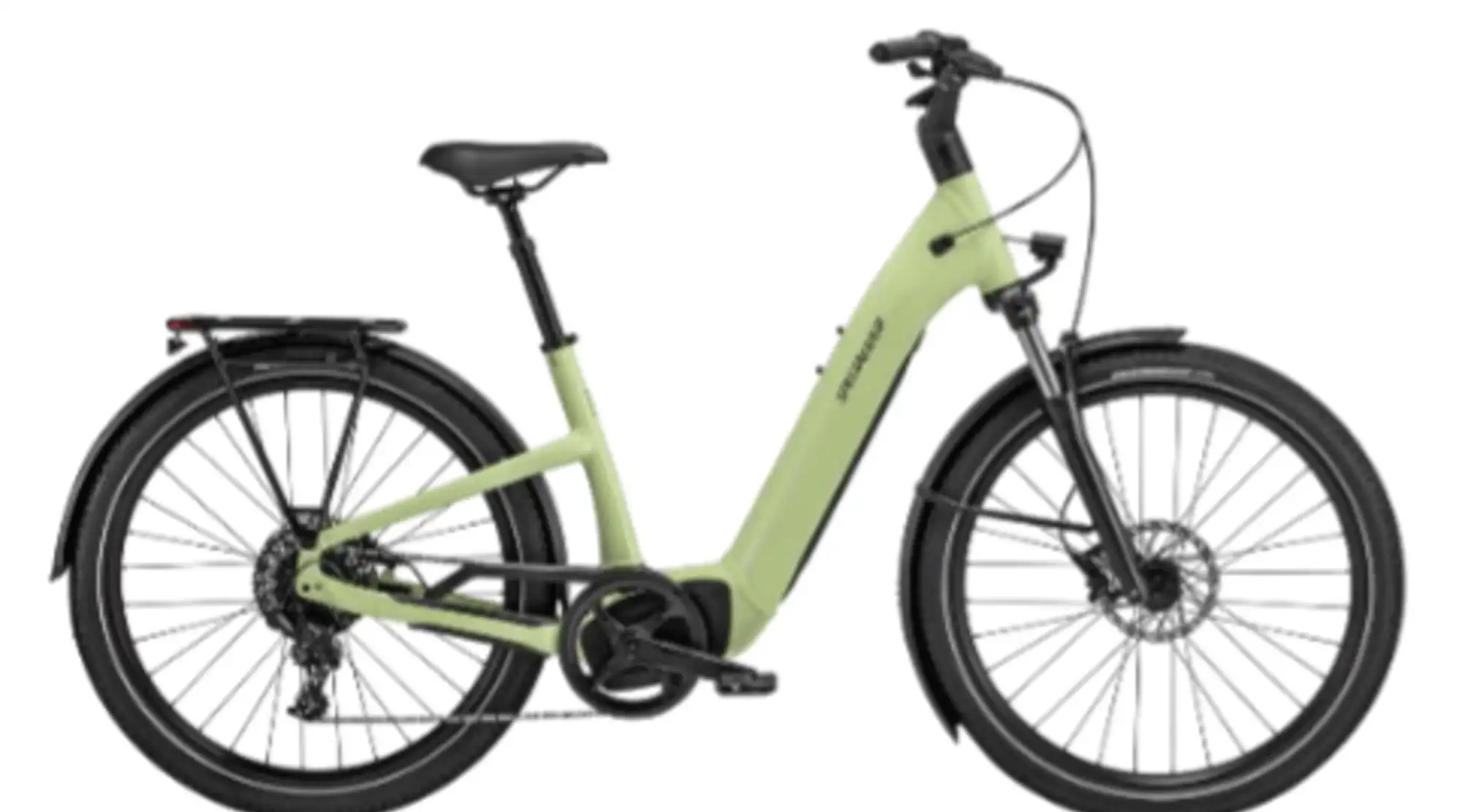
SPECIALIZED Turbo Como 4.0 or similar
Available at a surcharge
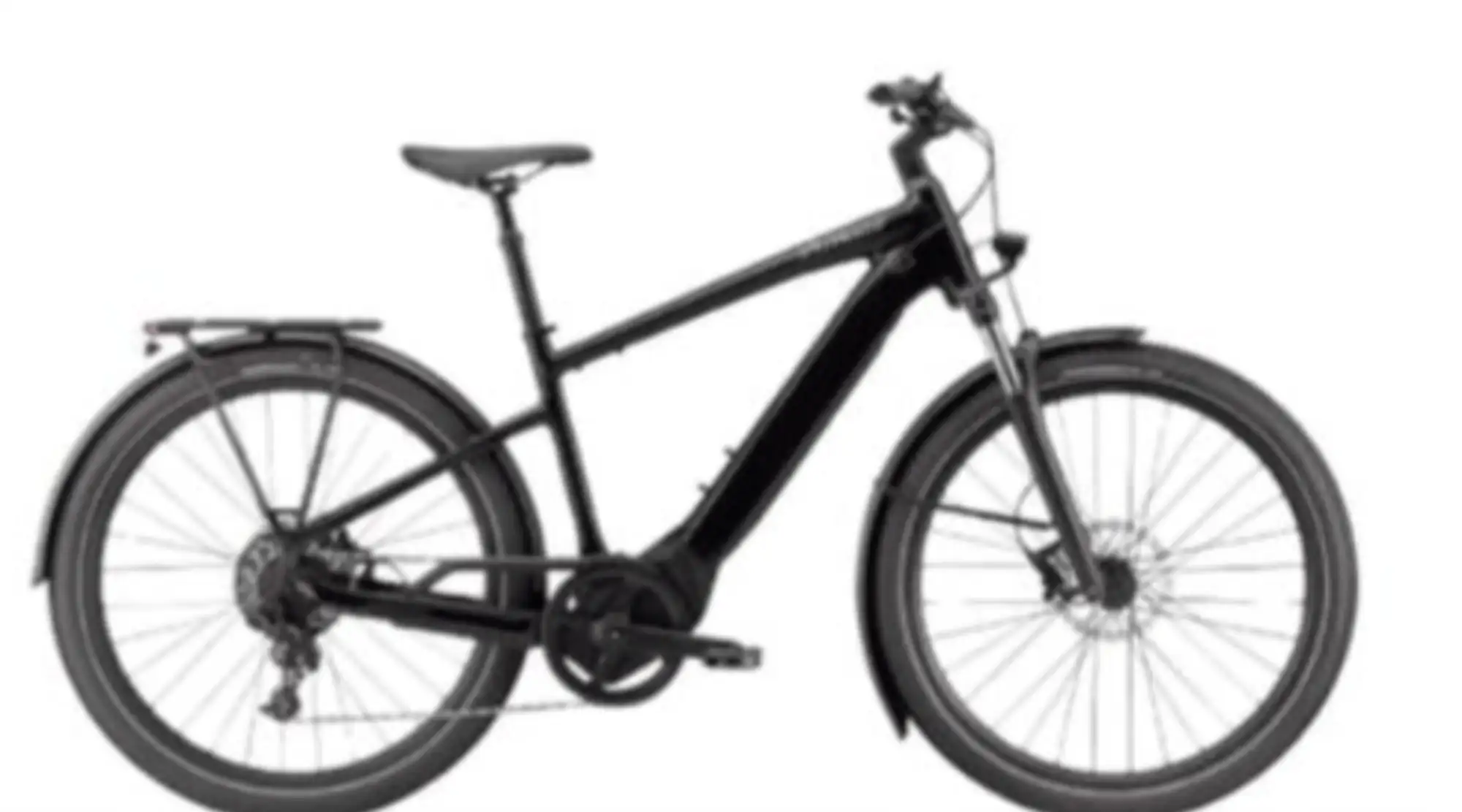
SPECIALIZED Turbo Vado 4.0 or similar
Available at a surcharge
Arrival & Departure Details
Arrival
Your tour begins in Girona which is served by Girona-Costa Brava Airport (GRO) with connectivity to several major European destinations. From the airport, you can take a bus to Girona city which takes about approximately 25 minutes. You can also take a taxi to Girona city which takes 25 minutes.
You can also arrive in Girona via the Barcelona International Airport which is the second-largest and second-busiest airport in Spain, and is connected to New York, Chicago, Dallas, Miami, Toronto, and several other major international destinations.
There is an hourly bus from Barcelona Airport to Girona city, it takes 2 hour 30minutes and it costs 19.50€.
The connection by train to Girona is not direct. First is necessary to go to Barcelona Sants train station, where you can take different trains to Girona. If you arrive in Terminal 1, use the shutter bus T1-T2 to get from one terminal to another. The shuttle bus schedule is from 5.30 hr to 24.00hr every 6 or 7 minutes approximately, and from of 0.00 hr to 5.30 h. every 20 or 25 minutes. This bus is free and takes about 10 minutes. When you arrive in T2, you should take a train to Barcelona Sants, and then another one to Girona.
Ther train from Barcelona to Girona leaves approximately every hour from Sants station (also from other stops at Passeig de Gràcia and Clot). The journey takes 1 hour 35 minutes and the ticket costs about 13.90€.
There is also a High-Speed Train (AVE/AVANT) that leaves many times a day from Sants station. The journey takes only 38 minutes and the ticket costs from 17.40€.
You can also take a taxi from Barcelona to Girona which takes 1hour 30minutes and costs 215€ approximately.
Departure
Your tour ends in Figueres, 40 km from Girona. From Figueres, you can take a direct train or bus to Girona–Costa Brava Airport (GRO) or a high-speed train to Barcelona El Prat Airport (BCN).
Weather
April, May, and September are the best months for cycling in Catalonia. Spring and early autumn offer the most comfortable conditions—mild temperatures, bright skies, and lush, colorful landscapes.
In April and May, the countryside is in full bloom and the weather is pleasantly warm without being hot. September follows the peak summer season, bringing golden light, quieter roads, and a gentle breeze—ideal for both coastal and inland rides.
March, June, and October are also great months to consider. March marks the early start of spring with cool, fresh mornings and longer daylight hours. June brings summer energy with mostly dry and sunny days, though temperatures can begin to climb in the afternoons. October is peaceful and scenic, with cooler days, changing foliage, and the last of the year’s ideal cycling weather. February and November are more mixed. You might get lucky with clear, crisp days, but the chance of wind and rain increases. These months suit experienced riders prepared for variable weather.
January, July, and August are considered the off-season for cycling. January is generally too cold, especially inland and in higher elevations. July and August are hot and humid, with high tourist traffic along the coast. If you do cycle in these months, early mornings and shaded or mountainous routes are best.
January
Offseason
February
Mixed
March
Good
April
Best
May
Best
June
Good
July
Offseason
August
Offseason
September
Best
October
Good
November
Mixed
December
Offseason
Best
Good
Mixed
Offseason
What to Pack
Packing smart is essential for a safe and enjoyable cycling adventure. From essential biking gear to clothing and travel necessities, this guide ensures you're prepared for any terrain or climate.
Recommended Bicycling Clothes & Gear
- Bicycling shoes or stiff-soled sneakers.
- Padded cycling shorts.
- Short-fingered cycling gloves (personal gloves are ideal).
- Brightly colored cycling jerseys or synthetic T-shirts for visibility.
- Synthetic cycling socks.
- Sunglasses with UV protection.
- Personal helmet (recommended even though provided).
- Personal saddle (optional for added comfort).
- Rain jacket or windbreaker.
- Cycling water bottle (to reduce plastic waste).
Note: Helmets, gloves, and water bottles are personal items, so bringing your own is recommended for maximum comfort and hygiene.
Clothing
- Light, breathable fabrics like cotton or linen.
- Full-sleeved clothing for sun protection.
- Warm layers for chilly mornings and evenings (if traveling in winter).
- Comfortable footwear for non-cycling time.
- Bring a compact rain jacket in case of sudden weather changes.
- Ethnic or modest clothing for exploring towns and temples.
Other Necessities
- Toiletries: Basic hygiene essentials, including insect/mosquito repellent and sunscreen.
- Hand sanitizer and wet wipes.
- Plug socket adaptor.
- Binoculars for wildlife spotting or desert landscapes.
Pro Tips
- Pack light but plan for the varying temperatures: warm days, chilly evenings, and desert winds.
- Use brightly colored clothing for visibility on roads.
- Pack light to leave room for shopping.
Luggage
Please limit your luggage to one medium-sized suitcase and one carry-on bag. Mark your luggage with your name, address, and phone number.
Visa Information
Before venturing on your adventure, make sure you're equipped with essential travel advice, including security updates, local laws, and crucial passport and visa information. Start by visiting the official government website of your home country for accurate and reliable guidance:
- UK Residents: Stay informed by reviewing the Foreign, Commonwealth & Development Office (FCDO) Travel Advice.
- US Residents: Access vital travel tips and updates through the US Department of State Travel Advice.
- Australian Residents: Plan ahead with the latest updates on the Smart Traveller website.
- Canadian Residents: Find comprehensive travel and visa guidance on the Government of Canada's Travel Advice and Advisories.
- New Zealand Residents: Get practical travel advice on the New Zealand SafeTravel website
- Residents of Other Countries: Check with your government or local consulate for tailored travel advice and requirements.
Note: Passport and visa regulations can change at any time. Stay proactive by checking for the latest updates to ensure a smooth and stress-free journey.
Insurance
Medical insurance that covers medical costs in case of an accident during the trip is mandatory to participate in our tours.
We recommend to purchase adequate travel insurance in order to participate in our tours and protect yourself from unforeseen events. Our experience shows that guests who purchase travel insurance—including coverage for all activities on the itinerary, trip cancellation, interruption, delay, baggage damage, loss or theft, personal accident, death and repatriation costs, medical and emergency expenses (including Covid-19), and personal liability—travel with greater peace of mind.
Can I use my credit card insurance?
Yes, as long as it meets our requirements and provides adequate coverage. Ensure you have an emergency contact number and policy number available.
When should I buy travel insurance?
Purchase travel insurance as soon as you've paid in full or booked your flights.
Is proof of travel insurance required?
Yes. You must provide your insurer's name, policy number, and emergency contact via our reservation form. This is mandatory. If you cannot provide proof, you’ll need to purchase insurance before traveling with us.
Does Art of Bicycle Trips sell travel insurance?
We do not sell travel insurance directly, as we believe our customers should have the freedom to choose a policy that best suits their needs. However, we recommend Insured Nomads as a great starting point.
Frequently Asked Questions
The route has 60% paved roads and 40% gravel surface.
We provide an app-based navigation system that includes all your daily routes, points of interest, and important trip notes. You can download the app to your phone in advance, and we’ll share your login details before your trip.
Yes. Once the routes are downloaded, the app works completely offline, so you don’t need mobile data while riding. You can even use it in airplane mode, which helps conserve your phone’s battery.
To extend battery life further, we recommend reducing screen brightness and carrying a small power bank for longer days on the trail.
We do not provide GPX files separately. All routes are available within our navigation app, which is the most reliable and up-to-date source for your trip. Once you receive the login details for the navigation app — generally shared about one month before your departure — you can explore the routes and, if needed, also download the GPX files directly from the app for use with your personal Garmin or GPS device. We recommend getting familiar with the app and its features before your tour starts to ensure a smooth experience on the road.
For minor issues like punctures, the guests are provided with a self-repair kit, which includes tools to help them fix such minor issues. The exact contents of the kit depend on the type of bike, terrain and other factors, and will be communicated to you closer to your date of departure. However, usually such a kit includes tire levers, a spare tube, a patch kit, and a pump, allowing riders to fix the problem themselves. In some cases, the kit may only include a pump or a repair foam.
Self-guided riders are expected to be independent in handling these minor problems. While there are some bike shops along the route, they are limited. If you are unsure about how to repair a puncture, we recommend considering a guided or van-supported trip instead.
For major mechanical failures, such as a cable break, the guests can contact the emergency support number provided. The support team will help coordinate a solution, which could include dispatching a local mechanic, suggesting a nearby bicycle shop for repairs, or sending a vehicle to pick up the rider. Please note that all support services will be provided on a chargeable basis, and assistance may take time, so we advise being prepared for potential delays.
Yes, each rider will be provided with at least one pannier to carry personal items during the tour. Please note, road bikes do not support panniers.
Yes, we provide helmets. However, we recommend that guests try to bring their own helmets, as these are items of a personal nature.
Your luggage will be picked up at the reception of your hotel every morning by 9.00am.
It will be delivered to the next hotel before 5pm. Most of the time it is delivered in the early afternoon itself.
We recommend that you carry no more than 2 bags together weighing up to 15kgs for this trip. You can have one large bag, which contains all your clothing and gear needed for the trip, and one small bag that contains essential items you will frequently need such as passport etc. Please note that once a bag gets loaded in the luggage transfer vehicle, you may not have access to it till later in the evening when you reach the hotel for the night.
We provide local support by phone for any medical emergencies during the tour. Our local team will assist in coordinating medical care, guiding you to the nearest healthcare facility, and ensuring you receive the necessary support. The national emergency system is reliable and effective, and in the event of a serious accident, contacting them is highly recommended. However, due to our distance from certain areas, response times may be longer. We strongly recommend having appropriate travel insurance, and we will do everything we can to ensure your safety and well-being during an emergency.
Airport transfers are not included unless specifically mentioned in your trip inclusions.
For airport pickup, we recommend booking directly from the airport upon arrival — most airports have reliable taxi, shuttle, or app-based options.
For airport drop, please book a transfer through your last hotel — they can easily arrange it for you.
We focus on delivering exceptional experiences during your tour. For logistical simplicity and flexibility, we do not handle pre- or post-tour hotel bookings. However, we’re happy to share a list of recommended hotels near the starting and ending points of your trip so you can plan your stay independently.
The fitness level required for each trip is indicated by the "level" of the tour, which in turn is mentioned on each tour page right next to the price and the trip duration.
Easy: The terrain is mostly flat with a few gentle climbs.
Moderate: The terrain is either mostly flat or consists of rolling hills with a few challenging climbs. There could also be a few days with longer riding distances of up to 75 kms (45 miles)
Difficult: The terrain is mostly hilly with strong elevation gains and/or has long days on the bike. Such trips are recommended for intermediate to advanced cyclists.
Please note that we usually bike around 4-5 hours per day irrespective of the level of the trip.
You can exchange currency at the airport itself, or at ATMs in larger cities. Most commercial establishments will accept international credit cards for payments, though its good to carry some local currency with you at all times.
The meeting time on Day 1 is mentioned in your travel planner shared with you. You can arrive either on the morning of Day 1 depending on the meeting time, or book a pre-tour night to arrive a day earlier.
Reviews from our friends
You may also like
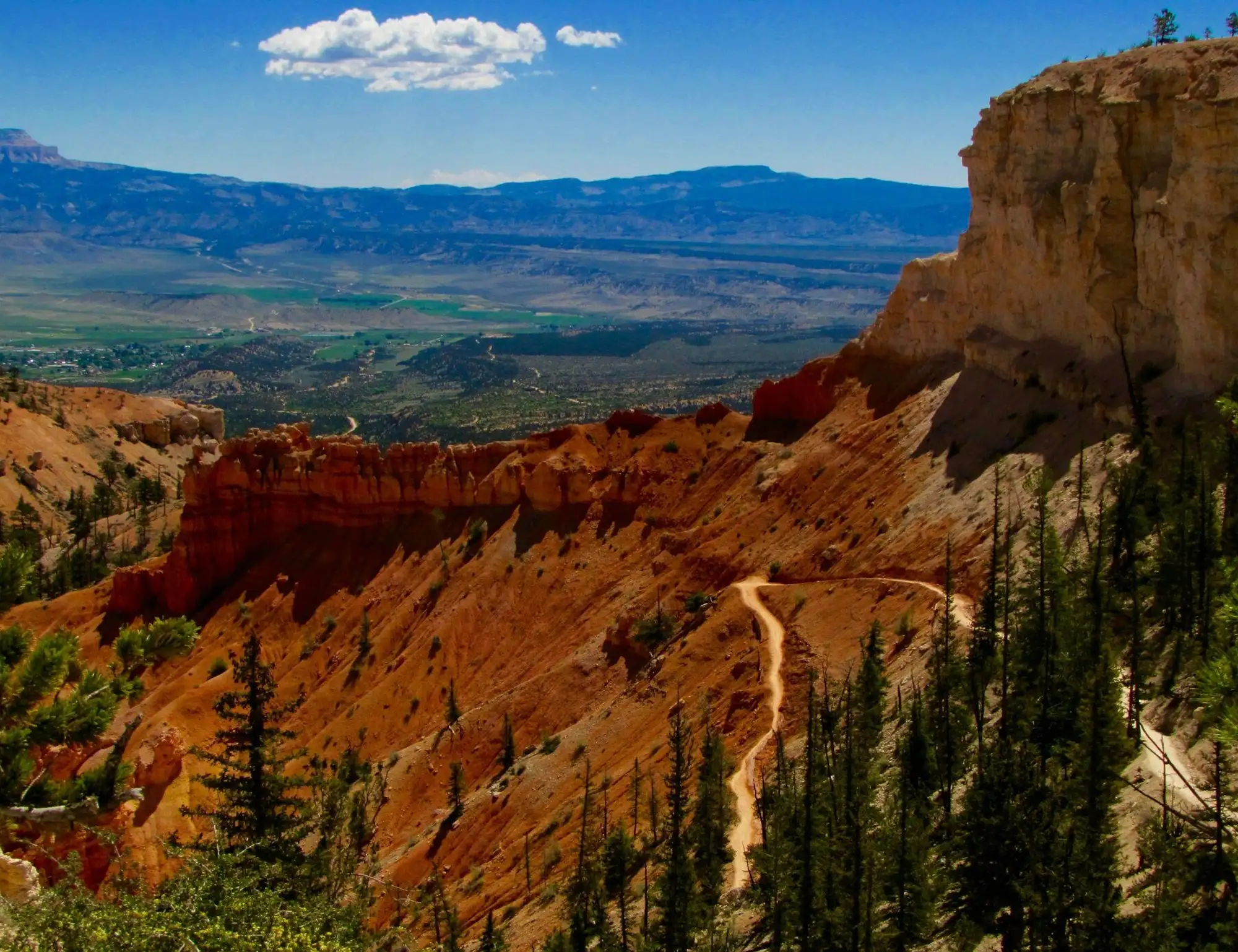
Self-Guided Ebro River to Rioja Wine Country Bike Tour
8 daysfrom$1,395/person
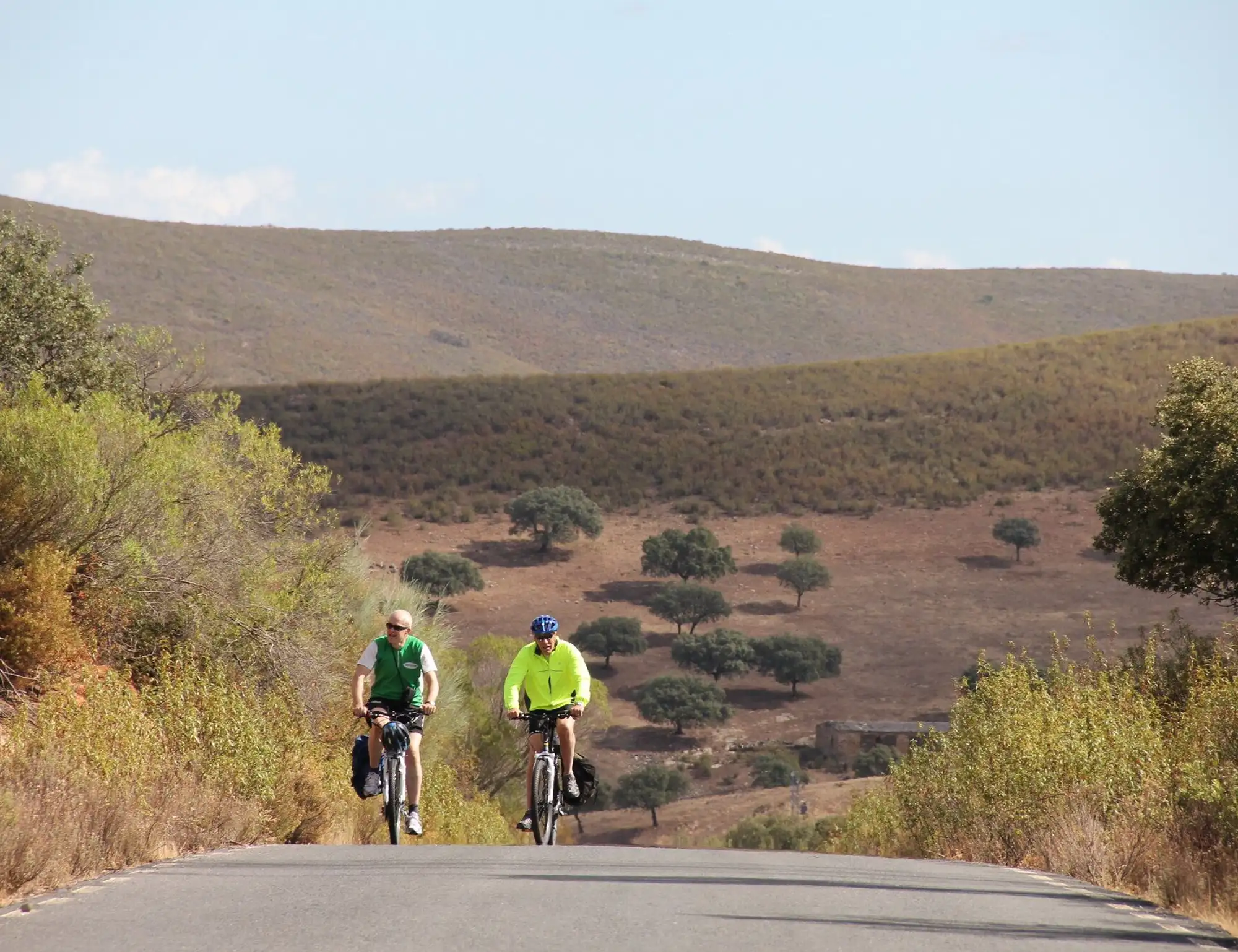
Self-Guided Castles and Countryside of Extremadura Bike Tour
7 daysfrom$1,395/person
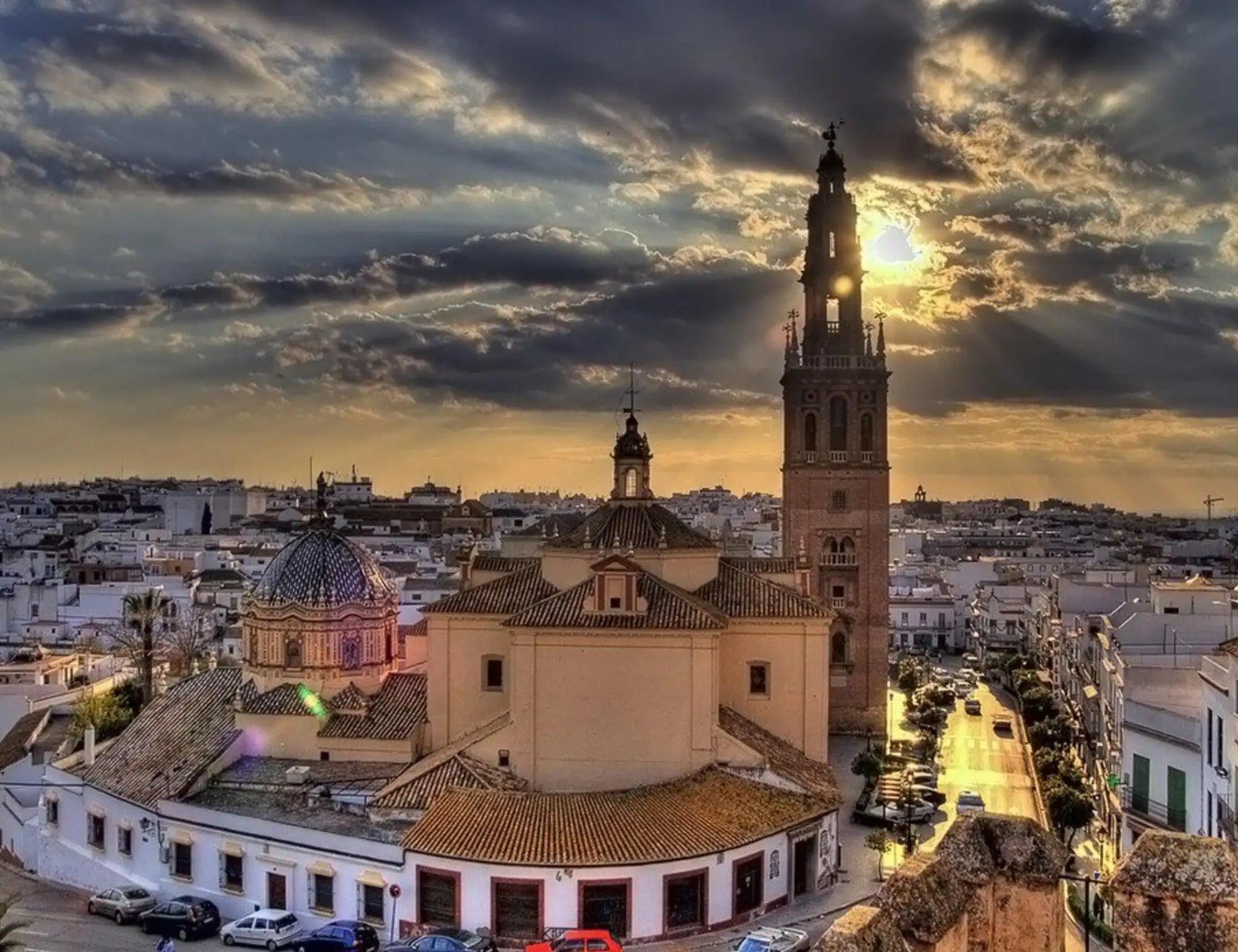
Self-Guided Andalucia Seville to Cadiz Bike Tour
7 daysfrom$1,495/person
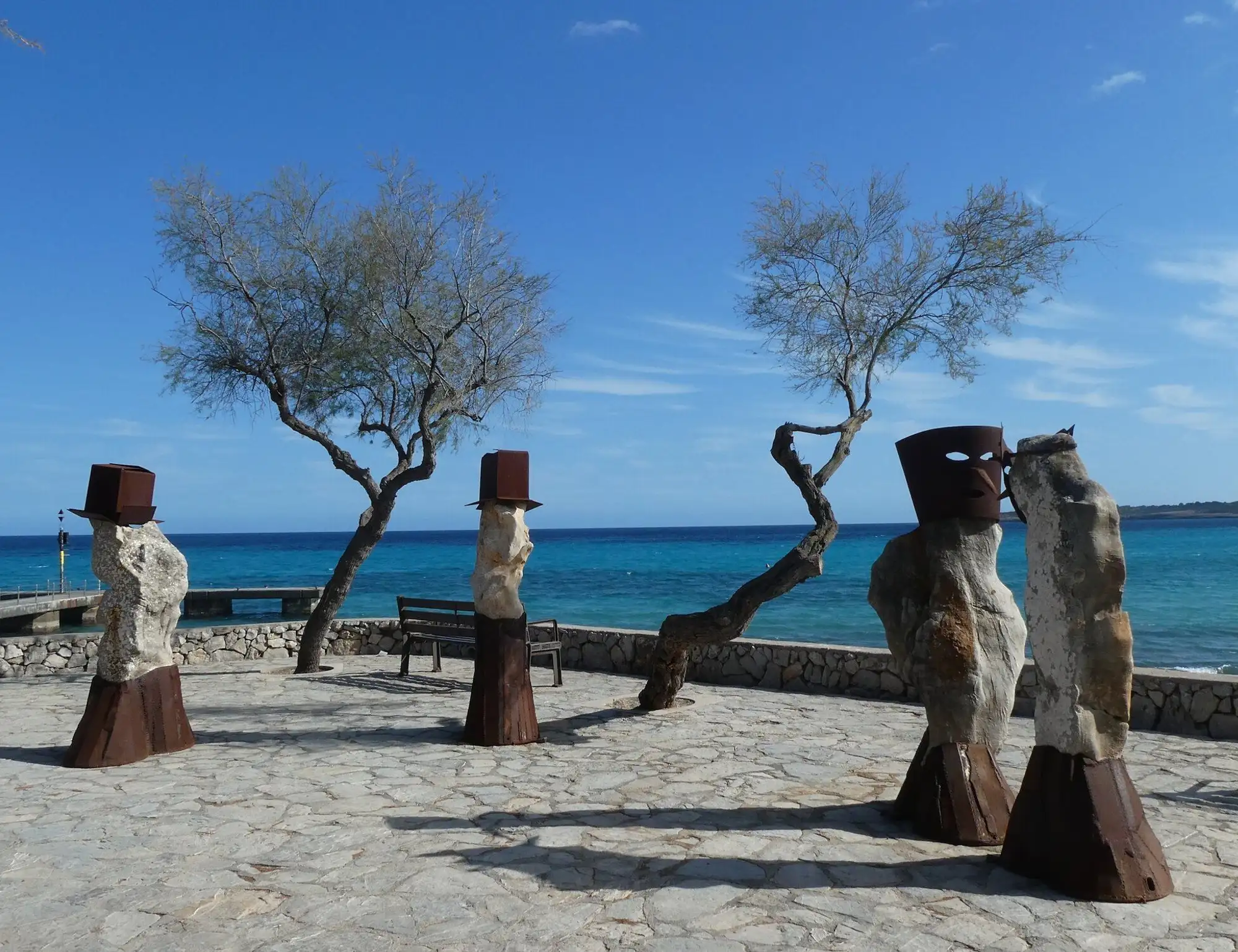
Self-Guided Mallorca Classic Road Bike Tour
9 daysfrom$1,695/person
